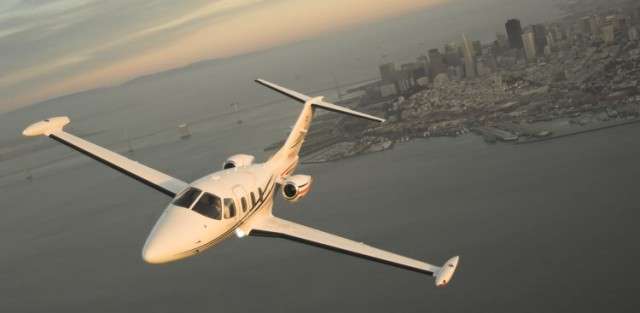Airspace Classes (A-G)

The airspace that surrounds the world is divided into seven classes. This includes oceanic airspace as well. These seven airspaces are three-dimensional and are classified by the International Civil Aviation Organization (ICAO). Classes A through E are referred to as controlled airspace, while classes F and G are described as uncontrolled airspace.
Airspace Classes
The classes are broken down as follows: Class A Airspace – When flying in Class A Airspace, all operations must be conducted under instrument flight rules (IFR). Each flight is separated from others by air traffic control (ATC). Class B Airspace – In Class B Airspace, operators are allowed to fly under IFR, special visual flight rules (SVFR), or visual flight rules (VFR). ATC is responsible for keeping flights separate. Class C Airspace – SVFR, IFR, and VFR operations are permitted. All aircraft must be cleared by ATC. IFR and SVFR operated aircraft are separated from each other by ATC. VFR are not separated from each other, but are given information about other VFR flights. Class D Airspace – IFR, VFR, and SVFR flights are allowed. Each aircraft must be subjected to ATC clearance. VFR flights are not separated by ATC while IFR and SVFR flights are. In addition, VFR flights are given instructions about other VFR operations in the area. Class E Airspace – Aircraft are allowed to operate under IFR, VFR, and SVFR regulations. However, only IFR and SVFR require ATC clearance and separation. VFR flights are not subject to clearance by the ATC. Class F Airspace – Flights may be operated using IFR, VFR, or SVFR regulations. Flights operating under IFR rules will obtain ATC separation services. Class G Airspace – Operators may fly according to IFR or VFR rules. In this airspace, the ATC has no authority, but VFR minimums must be known by the pilots. There are also special airspace rules that can limit a pilot’s operation in certain areas. All though this doesn’t necessarily include oceanic airspace, it can cover prohibited areas, military operation areas, and restricted areas.
The airspace that surrounds the world is divided into seven classes. This includes oceanic airspace as well. These seven airspaces are three-dimensional and are classified by the International Civil Aviation Organization (ICAO). Classes A through E are referred to as controlled airspace, while classes F and G are described as uncontrolled airspace.
Airspace Classes
The classes are broken down as follows: Class A Airspace – When flying in Class A Airspace, all operations must be conducted under instrument flight rules (IFR). Each flight is separated from others by air traffic control (ATC). Class B Airspace – In Class B Airspace, operators are allowed to fly under IFR, special visual flight rules (SVFR), or visual flight rules (VFR). ATC is responsible for keeping flights separate. Class C Airspace – SVFR, IFR, and VFR operations are permitted. All aircraft must be cleared by ATC. IFR and SVFR operated aircraft are separated from each other by ATC. VFR are not separated from each other, but are given information about other VFR flights. Class D Airspace – IFR, VFR, and SVFR flights are allowed. Each aircraft must be subjected to ATC clearance. VFR flights are not separated by ATC while IFR and SVFR flights are. In addition, VFR flights are given instructions about other VFR operations in the area. Class E Airspace – Aircraft are allowed to operate under IFR, VFR, and SVFR regulations. However, only IFR and SVFR require ATC clearance and separation. VFR flights are not subject to clearance by the ATC. Class F Airspace – Flights may be operated using IFR, VFR, or SVFR regulations. Flights operating under IFR rules will obtain ATC separation services. Class G Airspace – Operators may fly according to IFR or VFR rules. In this airspace, the ATC has no authority, but VFR minimums must be known by the pilots. There are also special airspace rules that can limit a pilot’s operation in certain areas. All though this doesn’t necessarily include oceanic airspace, it can cover prohibited areas, military operation areas, and restricted areas.








